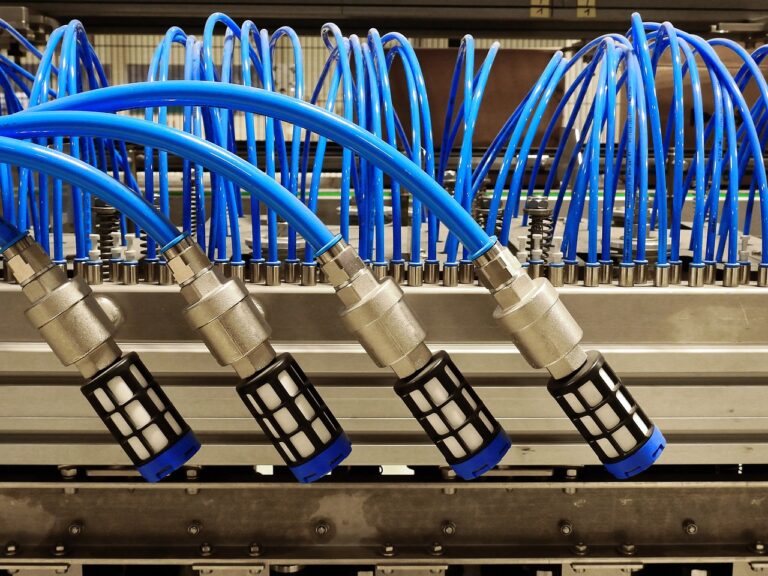Check Valves Explained
Have you ever wondered how check valves work and why they are important in various industries? Check valves play a crucial role in ensuring the smooth and efficient operation of a wide range of systems and processes. Whether you are a professional in the engineering field or simply curious about the inner workings of these valves, this article will provide you with a comprehensive understanding of check valves and their significance.
What is a Check Valve?
A check valve also known as a non return valve is a simple device that allows fluid or gas to flow in only one direction. It works by using a mechanism that automatically opens and closes, depending on the direction of the flow and pressure. This ensures that the fluid or gas can only move in the desired direction, preventing any backflow or reverse flow. They are essential for maintaining the efficiency and safety of systems by preventing any unwanted flow or contamination.
What are the Types of Check Valves Available?
There are several types of check valves, each with its own unique design and functionality.
Swing Check Valve
This type of check valve has a hinged disc that swings open to allow fluid or gas to flow in one direction. When the flow reverses, the disc swings back into place, preventing backflow.
Lift Check Valve
Lift check valves use a piston or a disc that moves up and down to allow flow in one direction. When the flow reverses, the piston or disc is forced back into place, blocking backflow.
Ball Check Valve
Ball check valves use a spherical ball that sits on a seat to control the flow. When the pressure on one side is higher, the ball is pushed away from the seat, allowing flow. When the pressure equalizes or reverses, the ball returns to the seat, preventing backflow.
Diaphragm Check Valve
Diaphragm check valves have a flexible diaphragm that opens to allow flow and seals shut to prevent backflow. These valves are commonly used in low-pressure applications.
Dual Plate Check Valve
Dual plate check valves have two spring-loaded plates that move aside to allow flow in one direction. When the flow reverses, the plates come together to block backflow.
Each type of check valve has its advantages and is suitable for specific applications.

Applications of Check Valves
One specific application of check valves is in plumbing systems. These valves ensure that water flows in only one direction, preventing backflow and contamination of the water supply. They are commonly used in toilet tanks, water heaters, and irrigation systems.
Another application of check valves is in the automotive industry. They are used in fuel systems to prevent fuel from flowing back into the tank and causing a potential fire hazard. Check valves also help maintain pressure in the braking system, ensuring efficient and safe braking.
In the oil and gas industry, check valves are used in pipelines and wellheads. They prevent the backflow of oil or gas, which can damage equipment or lead to hazardous situations. Check valves also play a role in controlling the flow of fluids in refineries and chemical plants.
In the medical field, check valves are used in various devices and equipment. For example, they are used in heart implants to ensure that blood flows in the correct direction. Check valves are also used in respiratory equipment to prevent the backflow of air and maintain pressure during inhalation and exhalation.
Conclusion
In conclusion, check valves are a simple yet essential component in many industries and applications. They play a crucial role in preventing backflow and ensuring the smooth and efficient operation of various systems. So next time you come across a check valve, you’ll know just how important they are. Remember, sometimes it’s the smallest things that make the biggest difference!
